Challenges other fire departments, EMS agencies and 911 centers have faced—and how you can help avoid them.
Your crew faces unique health, safety and reputational risks during daily operations. But it’s all too easy to become desensitized to certain hazards when we face them each day. That’s why it’s important to not only train for the “big” events that make national news—like active shooter situations, natural disasters and massive blazes—but also to focus on everyday risks that might be overlooked if your members are on auto-pilot. We’re sharing a few challenges that too many other emergency service organizations have recently faced and providing tips to help your team prevent them from impacting operations.
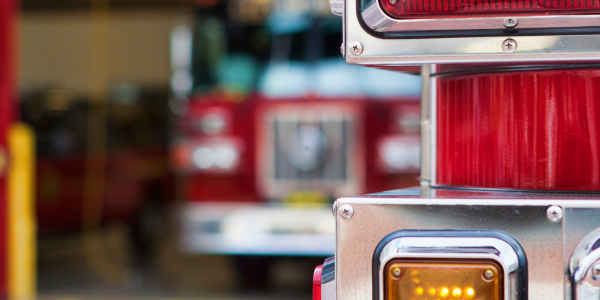
Auto incidents drive claims for VFIS clients—here are three that you can work to prevent:
Fixed Object Strikes
Parked vehicles, trees, poles or equipment laying on the ground may not seem like significant risks at first glance—but the amount of emergency vehicles experiencing collisions with stationary objects cannot be overemphasized. In fact, these incidents are the #1 insurance claim of VFIS clients!
While these incidents typically occur at a low speed and result in minimal damage, they can still leave your organization without a vehicle and with a hefty bill. Even worse, fixed object strikes and close calls are often swept under the rug, which leaves the root-causes of these incidents unaddressed (like skipping pre-driving hazard checks) and could lead to severe—or even deadly—consequences.
You can help reduce your risks by using a spotter during any circumstance where an emergency vehicle is forced to maneuver in an area with reduced clearance. If a spotter is not available—drivers should conduct a circle of safety (at minimum) which includes a full walk-around of the vehicle to check for hazards at the front, back and sides, as well as for any obstructions overhead or underneath. And, of course, drivers should proceed slowly and stop at any point if there are any doubts about safety.
Backing Mishaps
Like fixed object strikes, most backing incidents typically result in minor damages. But it’s important to remember that your organization is never immune to experiencing the most severe consequences of any operational risk. In fact, the Emergency Responder Safety Institute reports that there have been several firefighter fatalities over the last three years resulting from being struck by backing emergency vehicles, particularly fire apparatus.
That’s why it’s vital to have backing standard operating guidelines and training guidelines in place and to investigate every backing incident and near-miss event to look for underlying issues (like missing protocol for spotters and drivers). Some backing best practices to consider are focusing specifically on maneuvering in reverse during your emergency vehicle driver training (including practicing policies like giving a two-blast horn warning prior to backing), utilizing spotters and spotter-specific policies (like obtaining verbal agreement between the driver and spotter prior to backing), adopting standardized hand signals and verbal commands, backing with the windows completely down and having drivers stop immediately if any point they cannot see or hear their spotter.
Intersection Collisions
Intersections are considered the location that’s responsible for the majority of incidents involving emergency vehicles for VFIS clients—and they’re also typically home to serious events involving T-bone or off-set types of collisions that result in personal injury and/or significant vehicle damages. Your ESO can help reduce your risks by having SOPs and SOGs in place that cover topics like operating at intersections, coming to a complete stop at every intersection, clearing intersections and lanes of travel (including accounting for the far curb lane)—and training on these standards often.
Three risks that could impact your most important asset—your crew.
Junior Member Programs
Encouraging young people to participate in junior member programs is an excellent way to generate interest in emergency services—and often members continue their service into adulthood, making it an excellent recruitment tool. Unfortunately, as you may have seen in the news, several situations have developed where adult advisors have violated the trust of their organization and caused injury or harm to minor members.
It’s vital to have junior member safeguards in place, including safety policies, ethics training, knowledge and adherence of child labor laws, rules of participation, written guidelines and enforcement of those policies to help protect everyone in your organization. Some best practices for these safeguards include having conduct-related policies (including minimizing one-on-one contact between adults and youth and provisions involving age and gender mix for both junior members and adults), performing criminal background checks for program advisors, hosting regular sexual harassment trainings and utilizing safe and confidential reporting systems.
Management Liability
Moving up in rank within your ESO is exciting—but with retirements flooding some agencies, promotions can happen before you're fully aware of all of the responsibilities involved and understand the true gravity of being a mid-level manager. While the operational risks of inexperienced supervisors may be obvious, our claims data shows that breaks in communication at the mid-level manager area could lead to legal issues for your organization.
You can help set new supervisors up for success by providing them with dedicated training that covers organizational goals (including your mission statement) and position-focused expectations (like updating and distributing SOGs)—as well as encouraging them to ask for help from more experienced members when needed and to fully assume their new leadership role (as it can be difficult for some to make the transition from someone’s ‘buddy’ to their ‘lieutenant’).
If your ESO has had rapid promotions to the mid-level management level and/or if changes in leadership are impacting the culture of safety in your organization—we can help! Please reach out to your insurance agent or our team at inquiries@vfis.com to learn more.
Implicit and Explicit Biases
A bias refers to an idea that you may have about someone or something—and they can impact how you interact with certain groups of people. Biases can have both positive and negative connotations—and implicit (or unconscious) biases occur spontaneously without intent, whereas explicit (or conscious) biases are done intentionally.
We all have biases. But if they impact how an emergency responder reacts to calls and continue to go unaddressed, ignored or unrecognized—they can lead to serious consequences. For example, if an EMS provider has an unconscious bias toward a patient because of their race, weight, age, disabilities, sex and gender, sexual identity, geographic location, socioeconomic status or education level—that bias could impact the level of support they provide and lead to unsound decision making, lapses in patient care, lawsuits or worse.
For example, research by the Oregon Health and Science University and Oregon Institute of Technology found that EMTs and paramedics that participated in their study were 40% less likely to give black patients pain medication than white patients. The researchers also noted that outright discrimination by EMS providers is rare (and illegal) and that they believed this was a case of unconscious biases at work.
While we’d all like to think we’re above unconscious bias impacting our jobs—it’s important to regularly watch for biases within yourself and your team, be aware that they could impact your work and actively work to overcome them (like through taking an unconscious bias course).
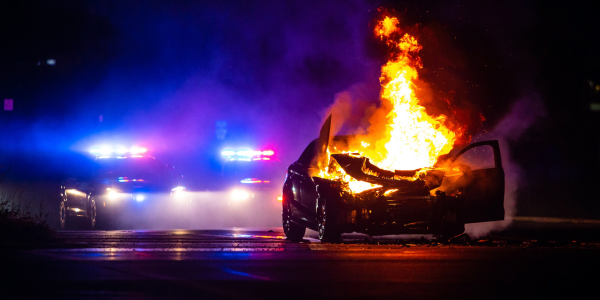
These three technology-related risks are no longer on the horizon—they’re here.
Electric Vehicle Fires
The concentration of hybrid and electric vehicles (EVs) is rising across the nation—with the International Energy Agency reporting that sales of EVs doubled from 2020 to 2021 alone. These vehicles pose new risks to responders—and if your crew hasn’t responded to your first EV fire yet, the time is likely coming soon.
According to the NFPA, potential risks of EV fires for responders include: stranded energy, unexpected silent movement, toxic and flammable gases emanating from a damaged high voltage battery, thermal runaway, battery fires, charging station fires and the possibility of electric shock through exposed high voltage wires and components.
The NFPA notes that while the U.S. Department of Transportation has determined that hybrid and EV technology is not inherently more dangerous to emergency responders, the National Transportation Safety Board reports that firefighters are at significant risk due to a lack of understanding of EV fires.
The good news is that this isn’t the first time your department has had to train for something new—and you can actively work to help mitigate your risks and prepare your team by finding specialized educational opportunities (like those available at nfpa.org/ev) and training on best practices.
Here are a few EV fire incident recommendations from the IAFC:
- Protect your work area and team through established department policies (like wearing full PPE and SCBA with face-piece).
- If needed, use a thermal imaging camera to help size-up the fire and decide if it’s better to take an offensive or defensive approach. (As it might be best to let it burn.)
- If it’s safe, try to ensure that the vehicle is in park and turned off (possibly chocking the wheels)—and never assume it is powered off or won’t move just because it’s silent.
- The best method for managing or controlling a battery fire is with water, specifically a large, continuous and sustainable water supply from one or more fire hydrants or multiple water tenders.
- After the contents of the fire are extinguished, you may need to continue sustained suppression and cool the battery pack using water.
- Batteries should always be treated as energized! Monitor their heat, beware of possible secondary ignition and never make contact with any high voltage components.
Additional Lithium-Ion Battery Risks
Lithium-ion (Li-ion) batteries are rechargeable batteries that are commonly used in EVs, laptops, cellphones, lawn mowers, power tools and electric mobility devices like scooters and bikes—and if these batteries are not stored, used or disposed of correctly, they can overheat, catch fire or explode.
Remember the giant spike in hoverboard fires in 2017? Yup—that was the work of Li-ion batteries. And with the rise of electric mobility device services in large cities, like the ability to rent an e-bike for a half-hour, many fire departments and city officials are becoming all too aware of the severe risks of these devices as well—like the five-alarm fire that started from an e-bike and destroyed a Bronx supermarket, making national headlines in early March.
After the fire, the FDNY, NYC Mayor Eric Adams and Fire Commissioner Laura Kavanagh worked together to create a video to help explain the fire risks of these devices (detailing that they get very hot, very quickly and that they’re unpredictable) and teaching their community members how to help protect themselves. One of the particular risks they touch upon is that many people keep these devices in their lobbies or near doorways—which blocks their emergency exit should a fire occur.
“I think that sometimes when we say that they ‘catch fire’, it almost underestimates what’s really happening. Because they’re really exploding. It would be nearly impossible both for [firefighters] to get in but also for the occupants to get out. So, I think letting people know that—how much fire happens—is really essential,” Kavanagh explained in the video.
Whether or not your local community has commonly adopted the use of electric mobility devices—the risks of Li-ion batteries are still prevalent in most households across the country. Here are some best practices that the FDNY shares (on fdnysmart.org) to consider sharing in your community:
- Check the battery-operated items you purchase or rent for an Underwriters Laboratories (UL) mark to show that they’ve been safety tested.
- Always follow the manufacturer’s instructions for using, charging and storing your devices—including using the manufacturer’s cords and power adapters.
- Don’t charge your cellphone (and any other devices) under your pillow, on your bed or on a couch.
- Keep batteries and devices at room temperature—and away from direct sunlight and anything flammable.
- If a battery overheats or you notice an odor, change in shape/color, leaking or odd noises—stop using them immediately. If safe to do so, move the device away from anything flammable and call 9-1-1.
Cybersecurity
You may do a double-take to ensure you locked your station—but do you think twice about opening an attachment in an email? Emergency services is a critical infrastructure sector—meaning that your assets, systems and networks are key resources for your community and, unfortunately, that makes you a prime target for ransomware attacks and other targeted cybersecurity threats.
Not only could this impact your organization and your data—but it could put your community’s safety at risk. For example, a ransomware attack targeted and took down an entire city’s computer-assisted dispatch (CAD) system, which supports their 911 emergency dispatch and 311 non-emergency phone systems!
So, if you haven’t already, it’s time to put a cybersecurity program in place that includes developing policies and procedures on computer, technology and Wi-Fi use, minimizing your vulnerabilities through cybersecurity safeguards and continually educating your team on new risks and best practices (like how to spot phishing emails, which are malicious messages that pretend to come from trusted people or entities).
As the Cybersecurity Infrastructure Security Agency (CISA) reports, 90% of all cyberattacks start with phishing—but you can help protect your data today by sharing these email red flags with your team:
- Email comes from an unknown sender (or the email sender looks familiar—but at second glance there’s actually an error in spelling, like Amazon vs Amazone)
- Email requests personal or financial information
- Email wants the you to respond immediately or makes an urgent request for information (like upsetting or exciting statements asking you to act fast)
- Email wants you to open an attachment or click a link unexpectedly (tip: if you hover your mouse over a link, you can which website the link is actually sending you to)
As a leading insurance provider for emergency organizations—we have a front row seat to your not-so-good days (and, unfortunately, your absolute worst days too). It’s our goal to not only help provide protections for those moments—but to serve as an advocate and helpful resource for your team so that you have less bad days all together. It’s our hope that little tips like these go a long way and, most importantly, that everyone in your organization gets home safely each day.
DISCLAIMER
The information contained in this blog post is intended for educational purposes only and is not intended to replace expert advice in connection with the topics presented. Glatfelter specifically disclaims any liability for any act or omission by any person or entity in connection with the preparation, use or implementation of plans, principles, concepts or information contained in this publication.
Glatfelter does not make any representation or warranty, expressed or implied, with respect to the results obtained by the use, adherence or implementation of the material contained in this publication. The implementation of the plans, principles, concepts or materials contained in this publication is not a guarantee that you will achieve a certain desired result. It is strongly recommended that you consult with a professional advisor, architect or other expert prior to the implementation of plans, principles, concepts or materials contained in this publication.
This blog post may contain the content of third parties and links to third party websites. Third party content and websites are owned and operated by an independent party over which Glatfelter has no control. Glatfelter makes no representation, warranty, or guarantee as to the accuracy, completeness, timeliness or reliability of any third party content. References to third party services, processes, products, or other information does not constitute or imply any endorsement, sponsorship or recommendation by Glatfelter, unless expressly stated otherwise.
Related posts
We asked 10 members of our VFIS Team to name one auto-related risk that they believe is underdiscussed in fire and EMS agencies. Here’s what they said.
Most volunteer fire departments rely heavily on POVs, but there are inherent risks you should know.
Establish a Emergency Vehicle Operations Program that includes driver/operator requirements to help ensure your vehicles are in the right hands.


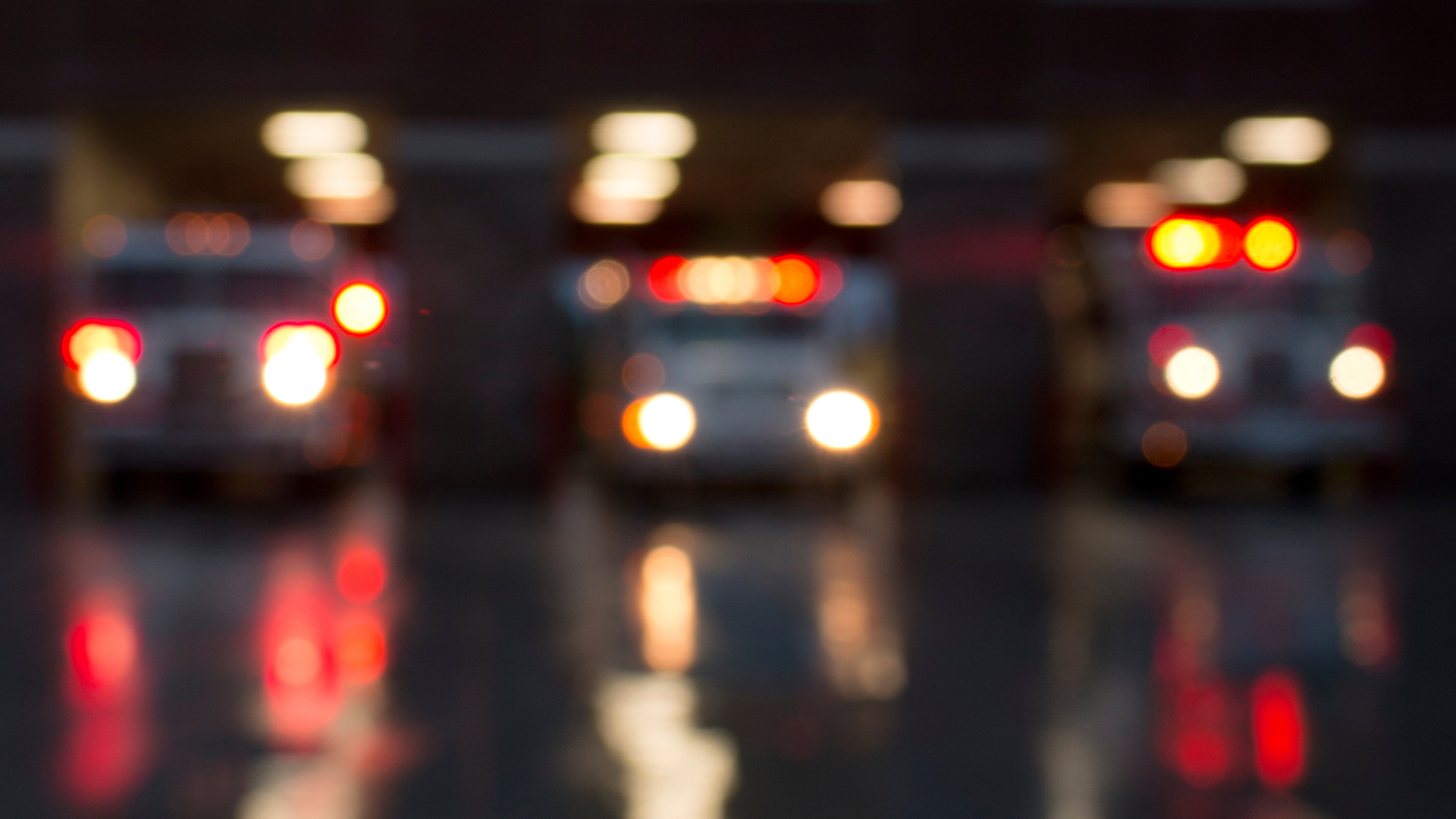

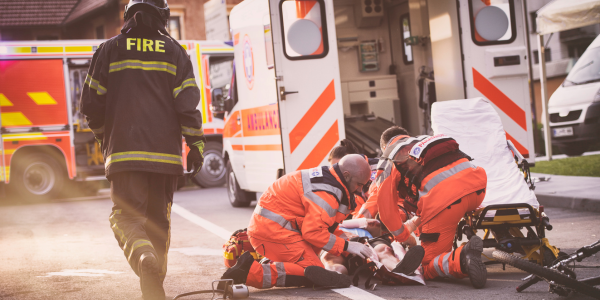

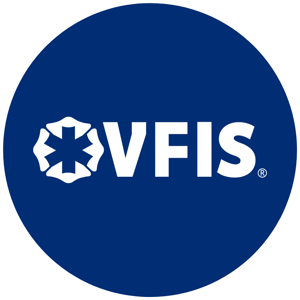


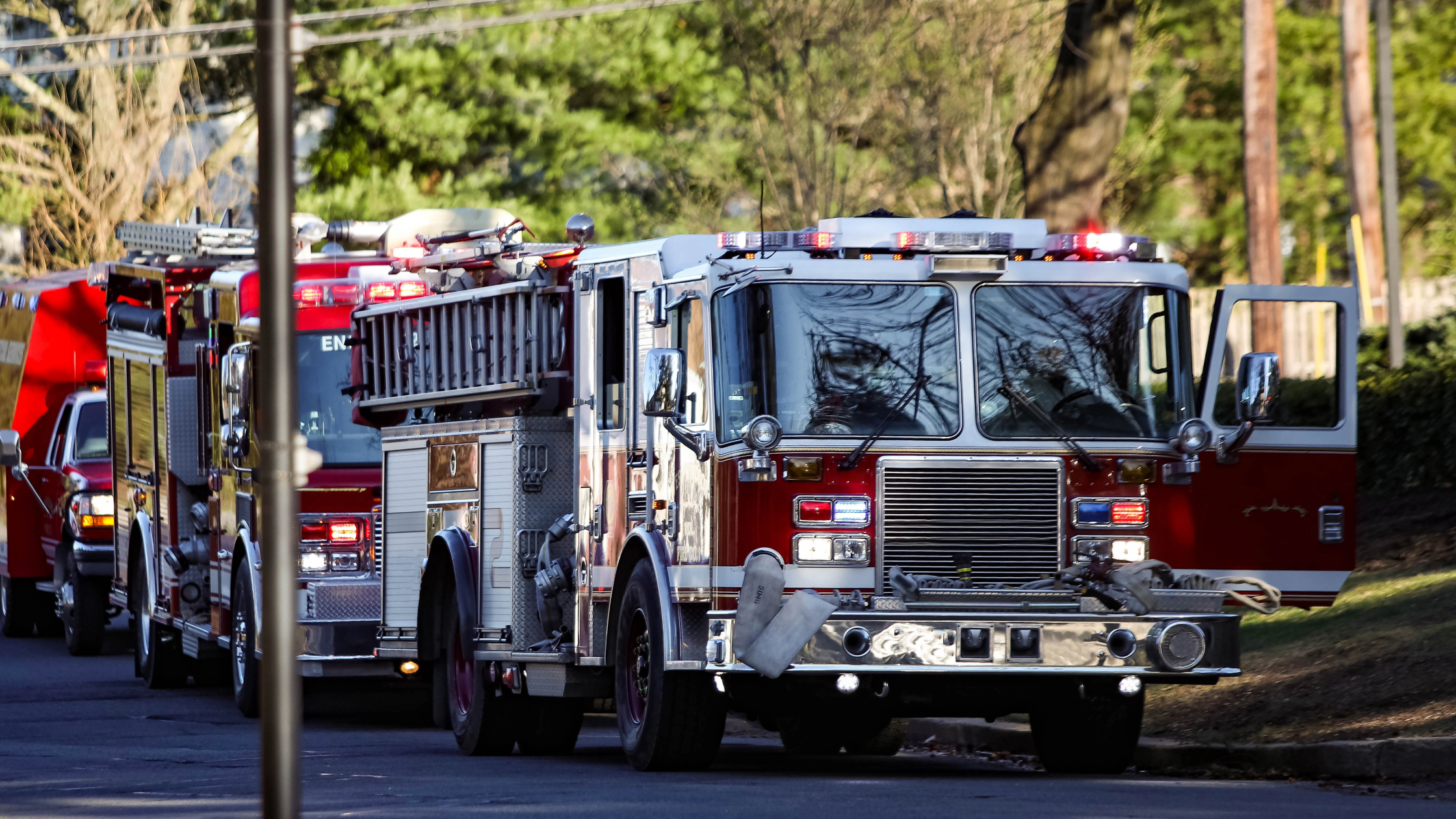

Submit a Comment